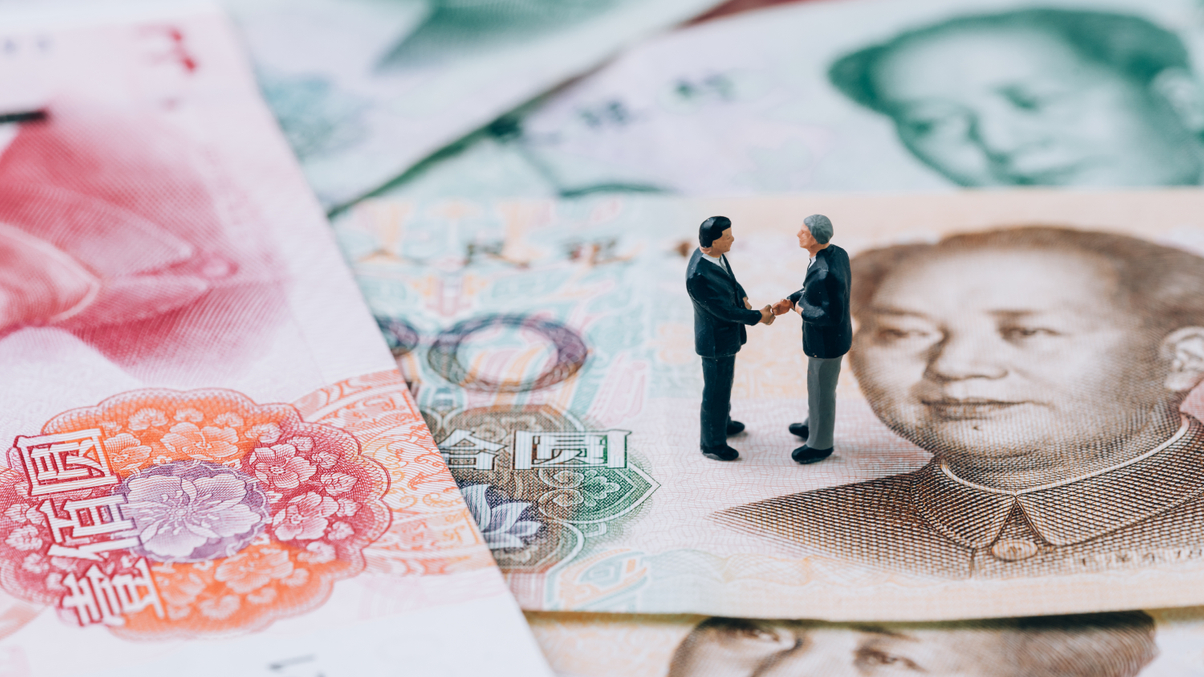Chinese government-backed bonds to drive MPF returns in 2022
Experts believe it’s the right time to gradually increase MPF exposure to Chinese government and policy bank bonds, while interest rates in China are expected to stay low.

The Hong Kong government’s plan to relax restrictions for its $154-billion retirement scheme to invest in Chinese government and policy bank bonds can help drive performance and offer diversification benefits, experts of the city’s Mandatory Provident Fund (MPF) said.
Sign in to read on!
Registered users get 2 free articles in 30 days.
Subscribers have full unlimited access to AsianInvestor
Not signed up? New users get 2 free articles per month, plus a 7-day unlimited free trial.
¬ Haymarket Media Limited. All rights reserved.


